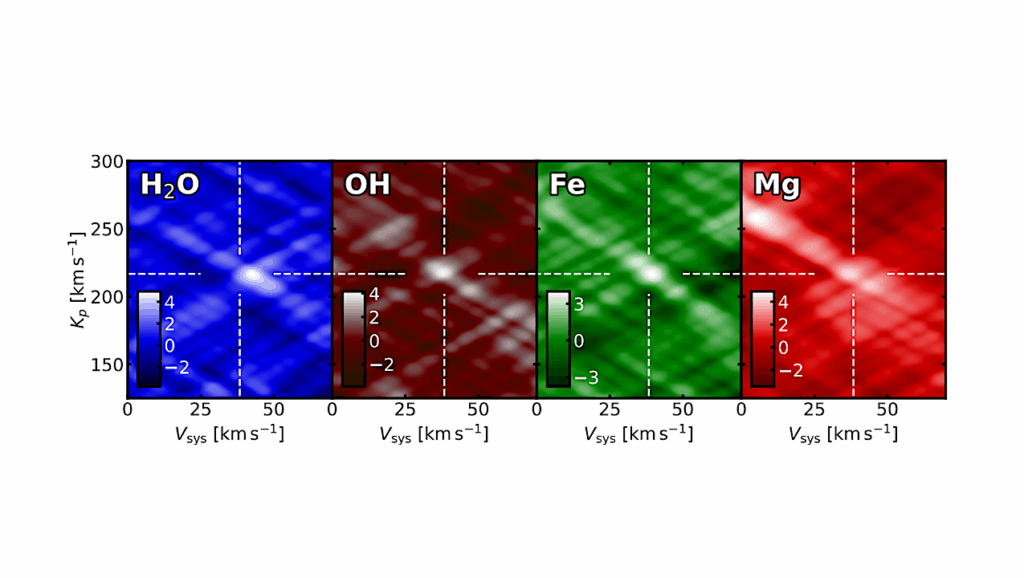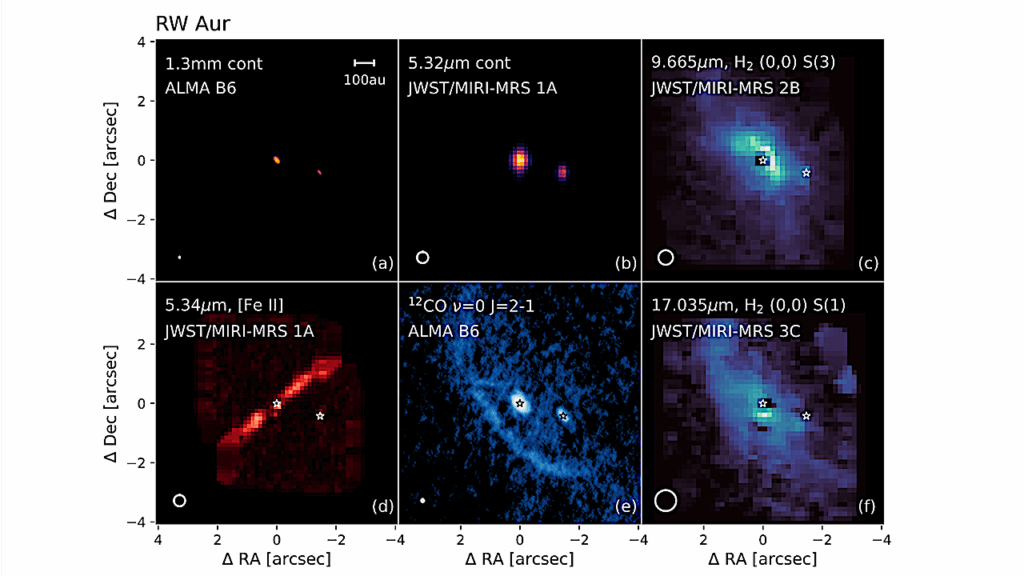Retrieved Atmospheres and Inferred Surface Properties for Exoplanets Using Transmission and Reflected Light Spectroscopy

Future astrophysics missions will seek extraterrestrial life via transmission and direct imaging observations.
To assess habitability and biosignatures, we need robust retrieval tools to analyze observed spectra, and infer surface and atmospheric properties with their uncertainties.
We use a novel retrieval tool to assess accuracy in characterizing near-surface habitability and biosignatures via simulated transmission and direct imaging spectra, based on the Origins Space Telescope (Origins) and LUVOIR mission concepts.
We assess our ability to discriminate between an Earth-like and a false-positive O3 TRAPPIST-1 e with transmission spectroscopy. In reflected light, we assess the robustness of retrieval results to un-modeled cloud extinction. We find that assessing habitability using transmission spectra may be challenging due to relative insensitivity to surface temperature and near-surface H2O abundances.
Nonetheless, our order of magnitude H2O constraints can discriminate extremely desiccated worlds. Direct imaging is insensitive to surface temperature and subject to the radius/albedo degeneracy, but this method proves highly sensitive to surface water abundance, achieving retrieval precision within 0.1% even with partial clouds. Concerning biosignatures, Origins-like transmission observations (t=40 hours) may detect the CO2/CH4 pair on M-dwarf planets and differentiate between biological and false positive O3 using H2O and abundant CO.
In contrast, direct imaging observations with LUVOIR-A (t=10 hours) are better suited to constraining O2 and O3 , and may be sensitive to wavelength-dependent water cloud features, but will struggle to detect modern Earth-like abundances of methane. For direct imaging, we weakly detect a stratospheric ozone bulge by fitting the near-UV wings of the Hartley band.
Samantha Gilbert-Janizek, Victoria S. Meadows, Jacob Lustig-Yaeger
Comments: 44 pages, 11 figures, 4 figure sets, 7 tables, accepted for publication in PSJ
Subjects: Earth and Planetary Astrophysics (astro-ph.EP)
Cite as: arXiv:2404.01423 [astro-ph.EP] (or arXiv:2404.01423v1 [astro-ph.EP] for this version)
Submission history
From: Samantha Gilbert-Janizek
[v1] Mon, 1 Apr 2024 18:57:50 UTC (9,982 KB)
https://arxiv.org/abs/2404.01423
Astrobiology,








